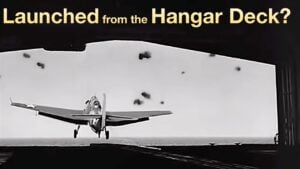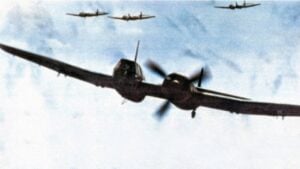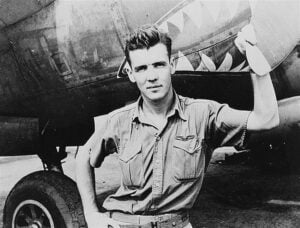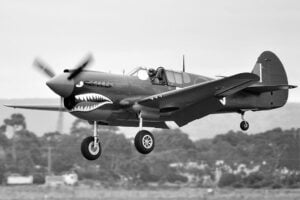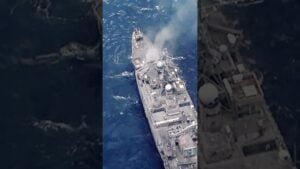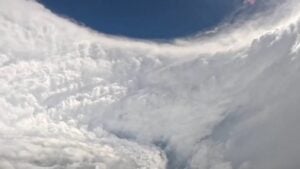Japan’s Secret Supercarrier Only Seen Twice in WWII
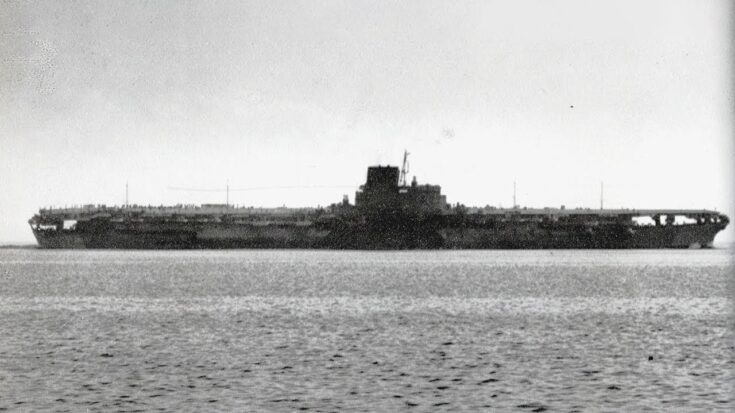
YouTube / Dark Docs
By late 1944, Japan was desperate. American bombers were hammering its cities, and U.S. forces were advancing through the Philippines toward the home islands. To turn the tide, the Imperial Japanese Navy conceived a single, massive weapon—a secret “supercarrier” so powerful it could dominate the Pacific. Its name was Shinano, and it would become one of the most mysterious ships of the war.
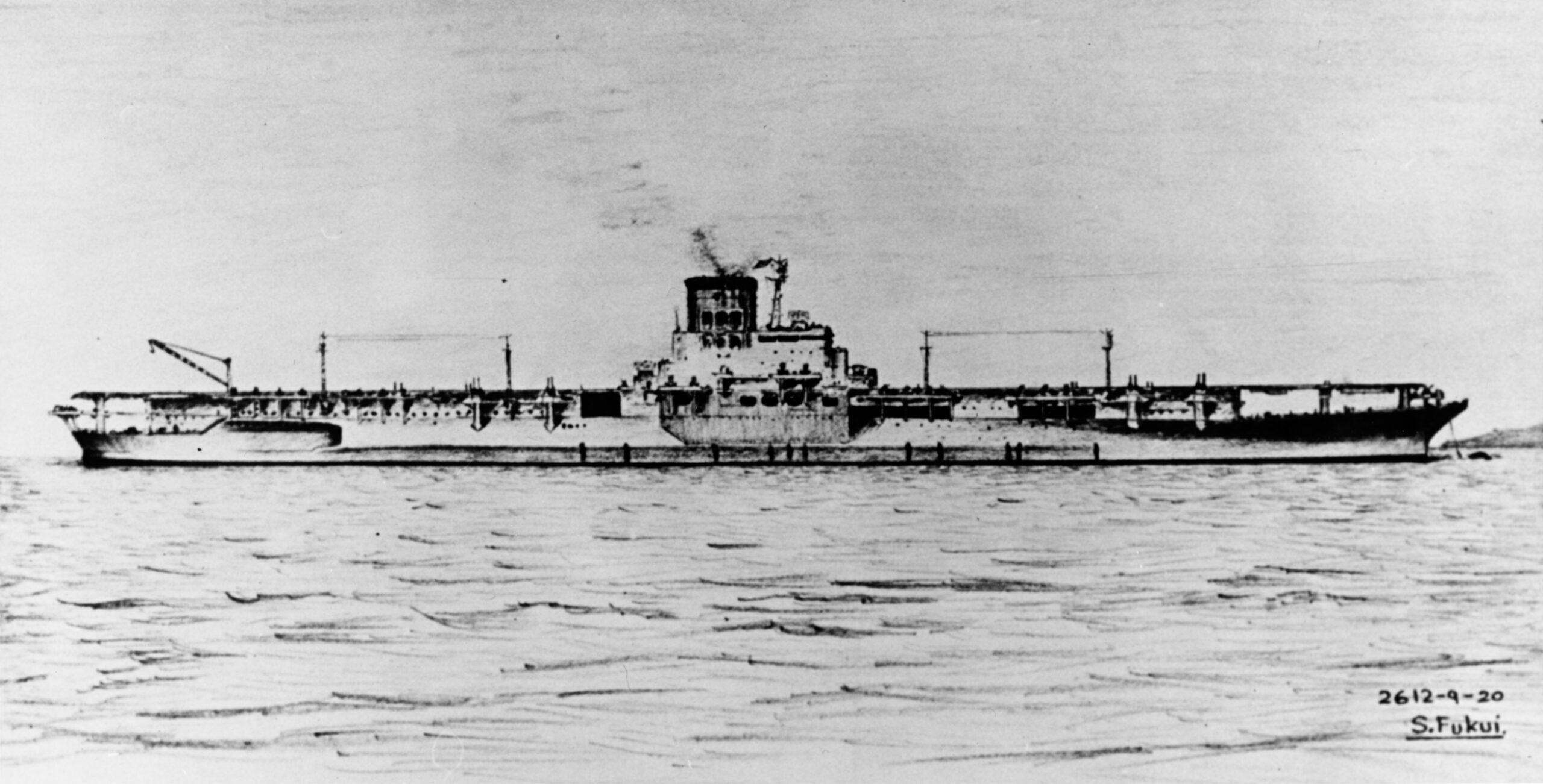
A Secret Built in Shadows
Originally laid down as the third Yamato-class battleship, Shinano was converted mid-construction into the largest aircraft carrier in the world. The project was shrouded in absolute secrecy. The drydock at Yokosuka was enclosed by concrete walls and a roof to prevent Allied spies or reconnaissance aircraft from spotting it. Workers were forbidden to leave their stations, and even speaking about the ship carried the threat of execution.
So well-guarded was the project that only two known photographs of Shinano exist—one taken by an American reconnaissance plane, and another by a civilian during sea trials.
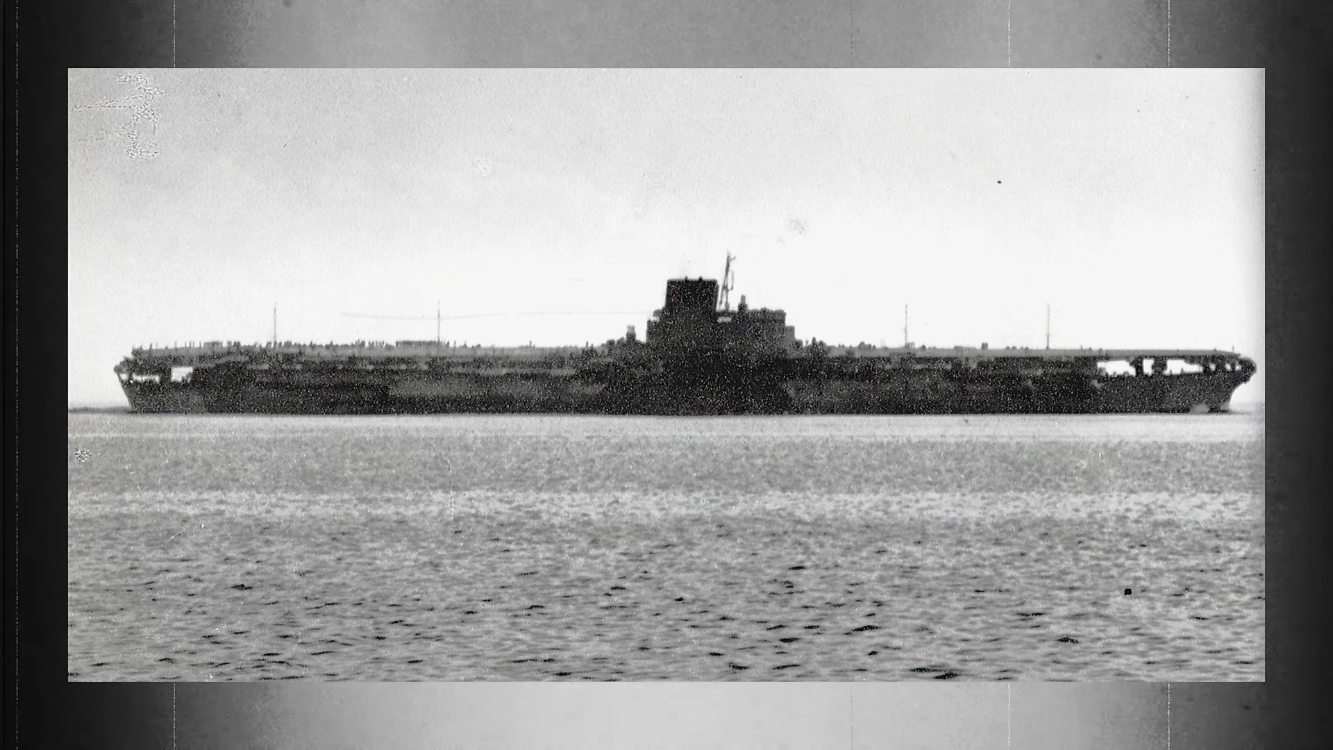
The Giant Sets Sail
At 872 feet long and weighing nearly 70,000 tons, Shinano could carry over 2,000 crew and dozens of aircraft. She was intended as a hybrid support carrier, designed to resupply and repair Japan’s remaining fleet. But rushed construction and poor testing meant critical flaws went unchecked. Watertight compartments were incomplete, fire pumps were missing, and much of the crew was untrained.
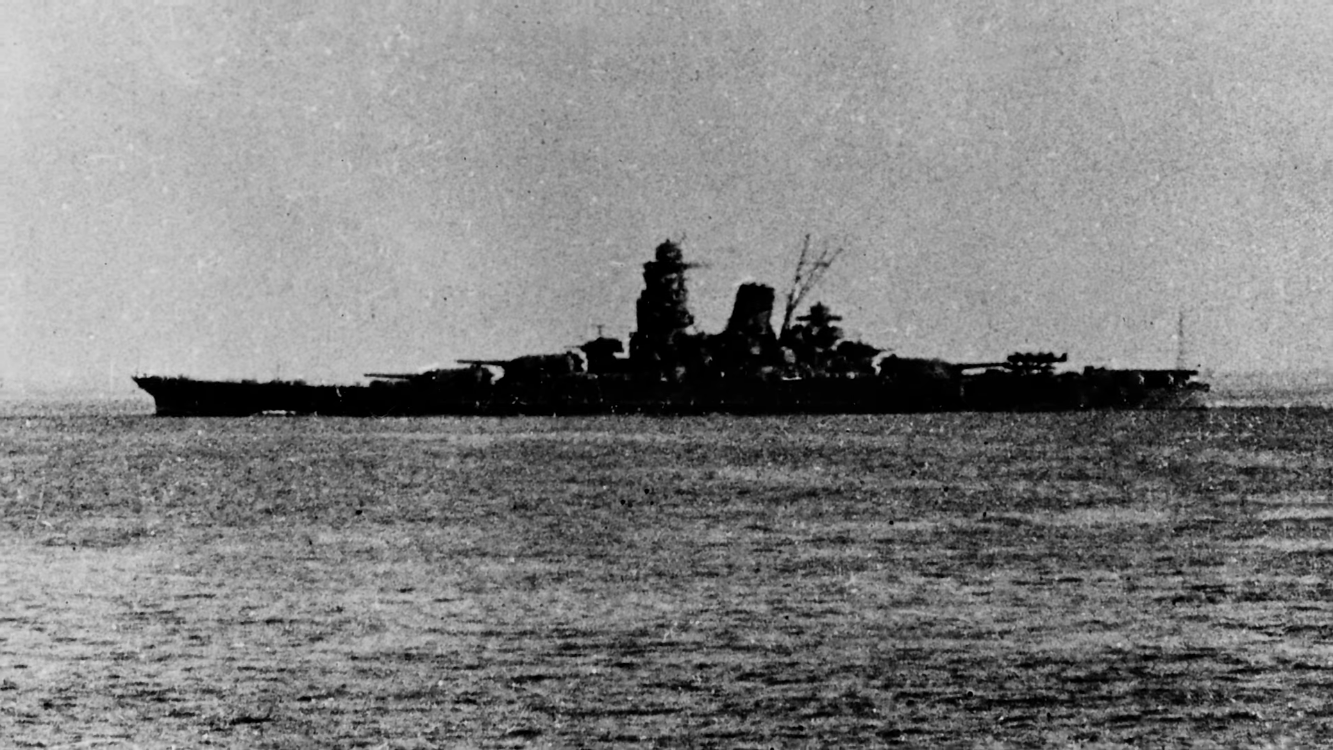
Just nine days after being commissioned, Shinano left Yokosuka on November 28, 1944—unfinished, untested, and vulnerable. That night, she was spotted by the American submarine USS Archerfish, commanded by Joseph Enright.
A Fatal Encounter
At 3:15 a.m., Archerfish fired six torpedoes. Four struck home, ripping through the supercarrier’s unsealed compartments. Captain Toshio Abe underestimated the damage and kept the ship moving at full speed, which only worsened the flooding. By morning, the giant began to list heavily. At 10:00 a.m., less than twelve hours after being struck, the world’s largest aircraft carrier sank beneath the waves—taking over a thousand men with her.
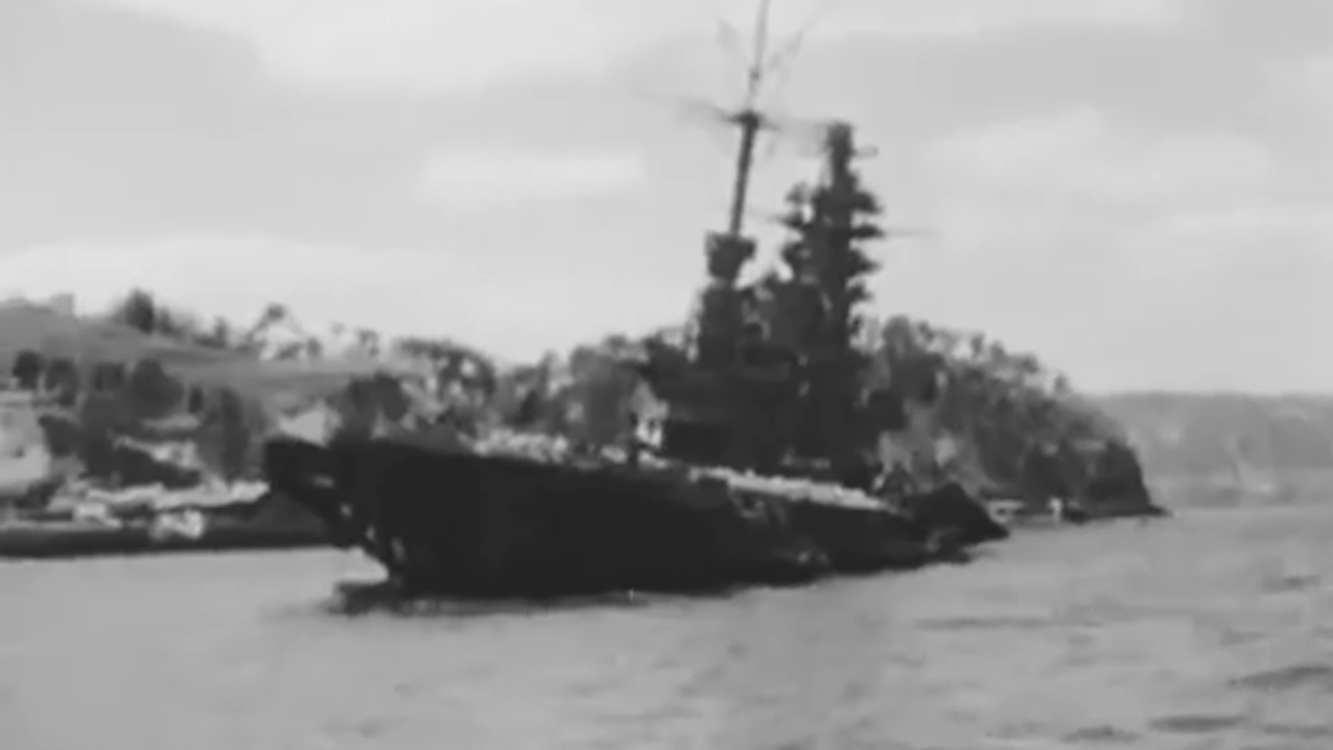
The disaster was immediately classified. Survivors were silenced, and Shinano’s name erased from Japan’s naval records. The United States would not confirm her sinking until after the war ended.
For a ship meant to terrify the Allies, Shinano became something else entirely—a monument to Japan’s desperation, secrecy, and the tragic futility of its final days at sea.














